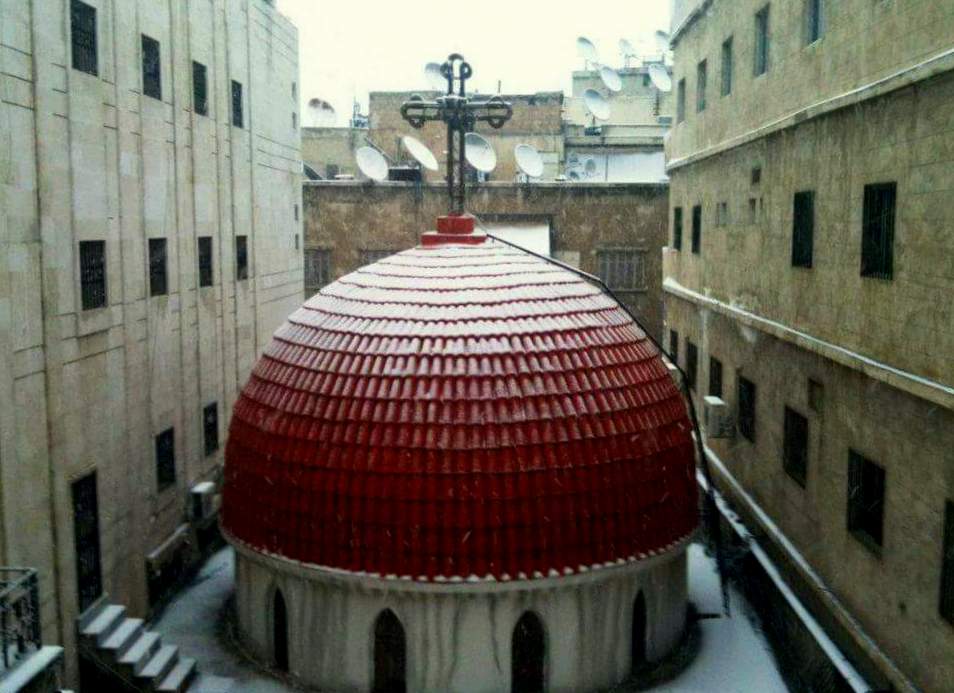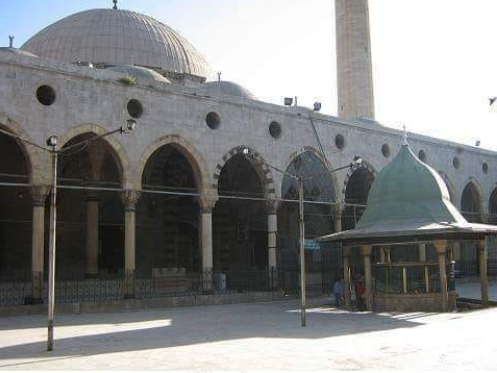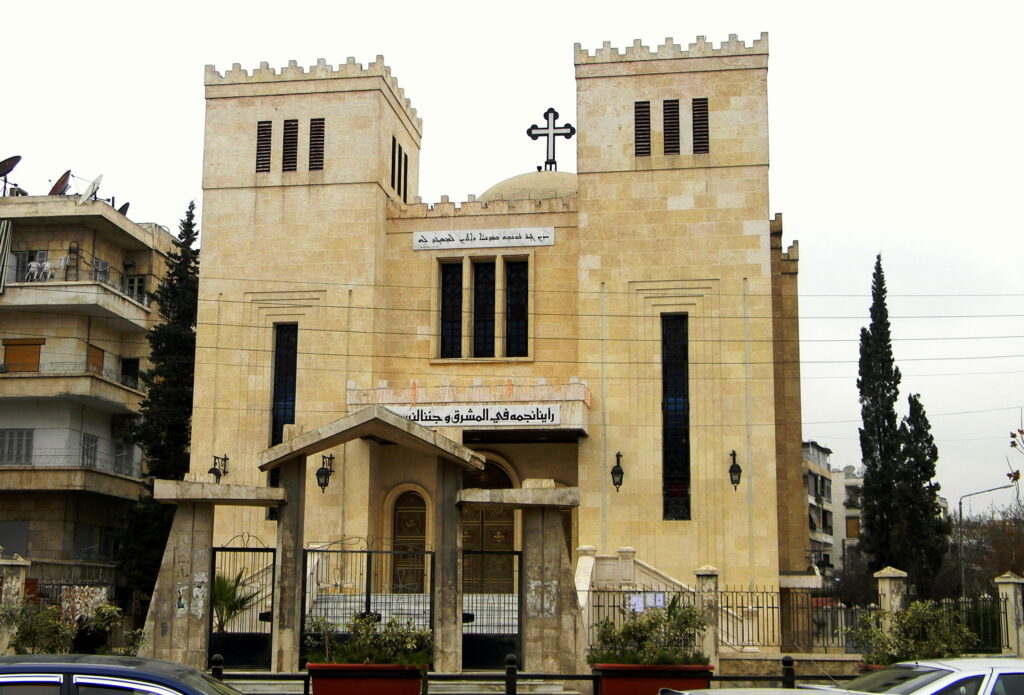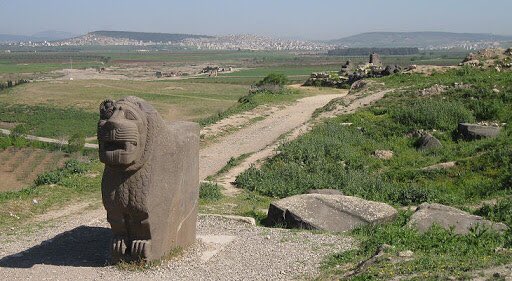
Saint Ephrem Syriac Orthodox Cathedral
The cathedral serves as the seat of the Syriac Orthodox Archdiocese in Aleppo and is located in the Sulaymaniyah district. It was built from local limestone and adorned with Aramaic

The cathedral serves as the seat of the Syriac Orthodox Archdiocese in Aleppo and is located in the Sulaymaniyah district. It was built from local limestone and adorned with Aramaic

Mushabbak Basilica The Mushabbak Basilica is an ancient Byzantine church located near the village of Darat Izza. The church was constructed in the second half of the 5th century CE,

The Latin Church of Saint Catherine is located in the al-Jdeideh neighborhood, near the Jasmine Gate in the city of Aleppo. It stands as one of the most prominent architectural

The Al-Adiliya Mosque was built during the Ottoman era between 1550 and 1557, commissioned by the governor Muhammad Pasha bin Dughah Kin, which explains its resemblance to Ottoman mosque architecture

The Chaldean Church of Joseph in Aleppo, also known as the Cathedral of Saint Joseph, is a prominent historical and religious landmark in the city. Founded in the mid-19th century

Ain Dara Temple, located approximately 6 km south of the city of Afrin in northwestern Syria, is one of the most prominent archaeological sites in the region. It was discovered

Al-Hussein Mashhad (Shrine) The Al-Hussein Mashhad in Aleppo is one of the city’s most prominent religious and historical landmarks. It is believed to have been built on the site where

The Khosrowiya Complex is one of the most significant Ottoman landmarks that has left an architectural and cultural imprint on the city of Aleppo. It was built on the orders

Firdaws School Firdaws School stands as a remarkable architectural masterpiece from the Ayyubid era in Aleppo. It was founded by Queen Dayfa Khatun, wife of King Al-Zahir Ghazi, in 633

Bab Qinnasrin is the first of the southern Qibla gates, named because it leads to the region of Qinnasrin, an Aramaic word meaning eagles’ nest. Its location dates back to

جميع الحقوق محفوظة لصالح JCI Aleppo
All rights reversed to JCI Aleppo